Sprayer tyres, Rice transplanter tires and wheels, Agricultural tyres, tractor tires, Industrial Tyres, OTR Tires, skid tires, truck tires
Optimum tread arc delivers fullest possible footprint .
Designed for implement trailer, forklift, motoagricola and multipurpose trucks, etc.
Implement non-traction tyres with great transportation properties.
Specially recipe design provides tear resistance, high wear resistance, and excellent load capacity. Low rolling resistance & noise errission, excellent heat radiation, guiding stablility. Excellent fuel efficiency.
Please contact us for specific information.
QINGDAO BOSTONE TYRE produces a full range of tires, mainly including Car tyres,Industrial tyres,Agricultural tyres,Skid steer tyres,Truck tyres,Sprayer wheels,High flotation tyres,Solid rice transplanter tyres,OTR tyres,Implement tyres and others. The company is located in a beautiful coastal city of Qingdao, China. We have customers from over 180 countries, with our main export markets being Europe, Australia, North America, the Middle East, and Asia,etc.
By providing OEM services, we can meet your entire tire needs. Our company has passed certifications such as ISO9001,PAHS,CE,DOT. Every detail of the entire manufacturing process of the product must undergo strict inspection and quality control. Only certified products that have passed a series of rigorous tests can be approved for sale. We hope to establish long-term business relationships with all customers on a win-win basis!
| Product name | new bobcat tires |
| Place of Origin | Shandong, China |
| OEM | Acceptable |
| Quality warranty | 2 years |
| Colors | Black |
| Condition | New |
| Port | Qingdao |
| Packing Size(cm) |
123*130*138 Specific consultation with us |
| Brand Name | BOSTONE TYRE |
| Export region | Africa,Oceania,America |
| Export countries | Costa Rica,Peru,Guyana,Netherlands Antilles...etc |
| Tire Design | Bias/Rubber solid wheels |
| Certification | ISO9001,CE,DOT...etc |
| Delivery conditions | EXW,CFR,CIF |
| Inspection | 100% |
| Material | Natural Rubber |
| After-sales Service | Provide life long service |
| MOQ | 5 (Consultation and negotiation) |
| Packaging Details | LCL: Packing in pallet FCL: Bulk in container |
| Supply Ability |
5000 Piece/Pieces per Month (See specific model products) |
| Lead time (days) | 7-20 (To be negotiated) |
| Quality | At least one year |
Please note: This table is for reference only, please consult us for specific information.
Our new bobcat tires have passed the Certificates: ISO9001, DOT, CE, REACH and PAHS etc.
We can accept the OEM service which can make your own brand name on the tyres.
We can develop the new mould of tyres which according to our customers requirement.
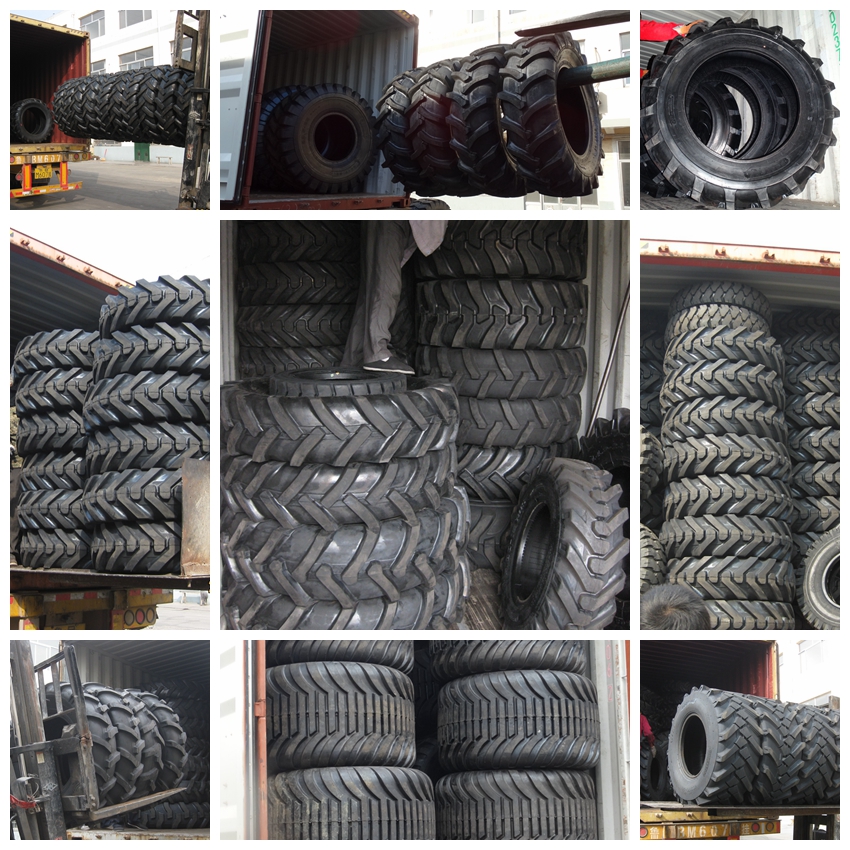
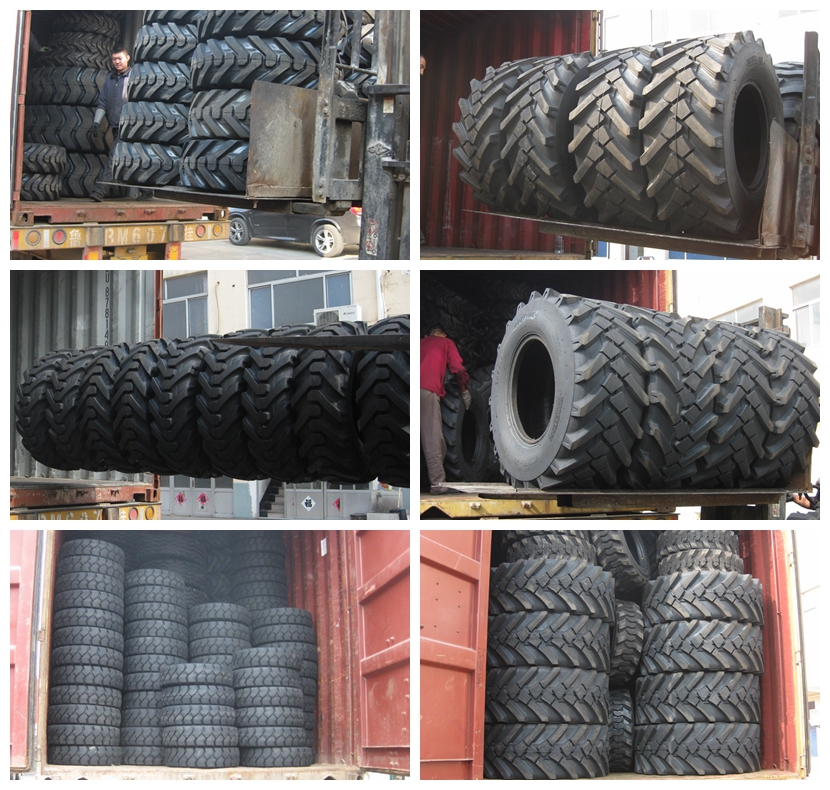
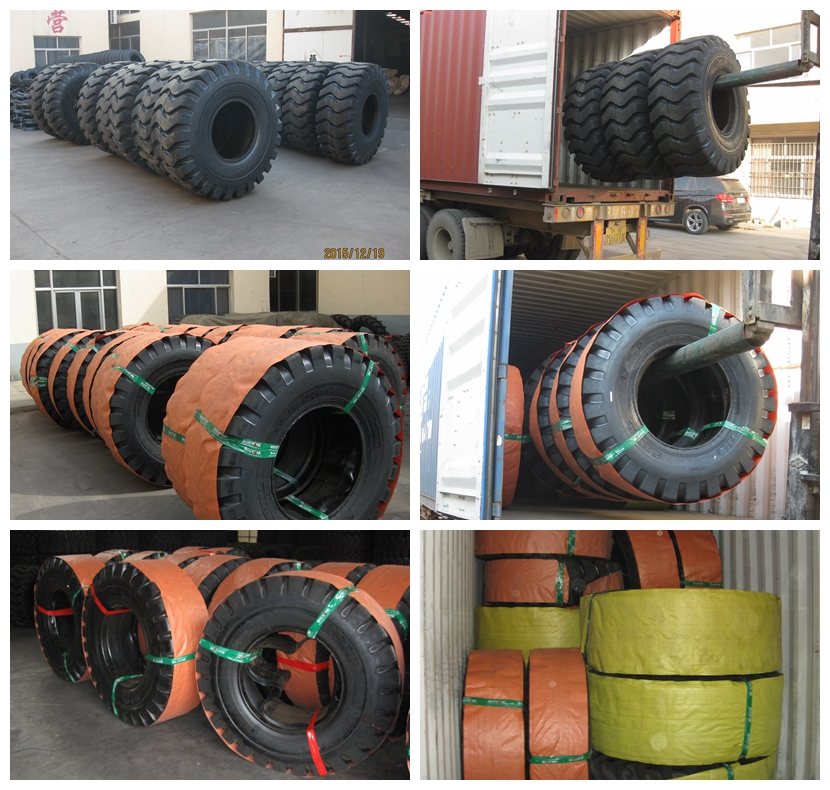
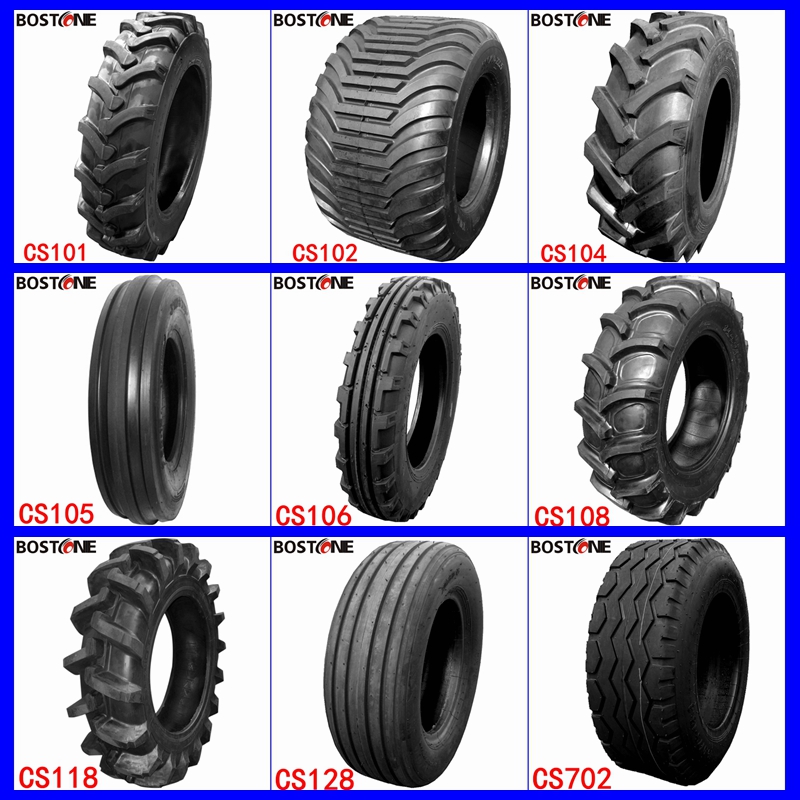
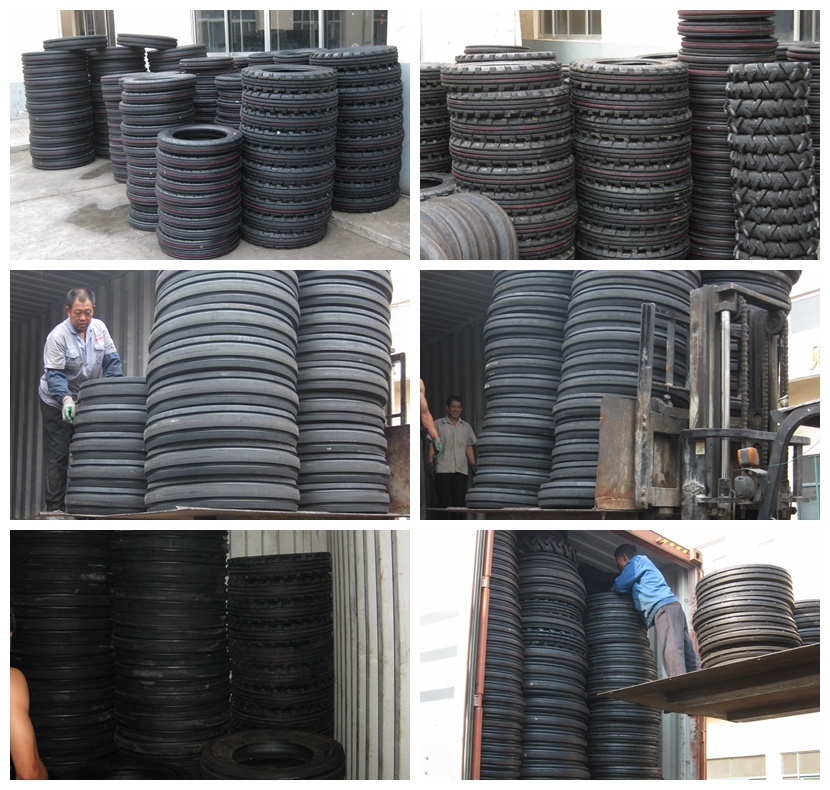
new bobcat tires---FAQs Guide
1.Are there smart tire technologies integrated into the new bobcat tires, such as tire pressure monitoring systems (TPMS) or sensors?
We have a first -class management team, and we pay attention to teamwork to achieve common goals. Yes, some tires are now equipped with TPMS and sensors. These systems can monitor tire pressure, temperature, and tread depth, and can alert drivers when a tire is underinflated or has a low tread depth. Some tires also have sensors that can detect road conditions and adjust the tire pressure accordingly.
2.How does the new bobcat tires provide traction on different road surfaces, including wet, dry, and snowy conditions?
We operate our new bobcat tires business with integrity and honesty. Tires provide traction on different road surfaces by using tread patterns that are designed to disperse water, snow, and other debris away from the contact patch of the tire. In wet conditions, the tread pattern helps to channel water away from the contact patch, allowing the tire to grip the road surface. In dry conditions, the tread pattern helps to provide grip by increasing the surface area of the contact patch. In snowy conditions, the tread pattern helps to provide grip by biting into the snow and providing a larger contact patch.
3.What are winter new bobcat tires? What is the difference from other new bobcat tires?
We continue to improve new bobcat tires products and processes to improve efficiency.
Winter tires are tires specifically designed for use in cold weather and icy conditions. They are made from a softer rubber compound that remains flexible in cold temperatures, allowing for better grip on snow and ice. Winter tires also have a deeper tread pattern that helps to provide better traction in slippery conditions. The tread pattern also helps to disperse slush and water, reducing the risk of hydroplaning. Winter tires are designed to provide better performance in cold weather than all-season or summer tires.
4.When do new bobcat tires need to be rebalanced?
We pay attention to employee development and benefits, and provide a good working environment in order to improve the efficiency of employees and improve the quality management of new bobcat tires products.
Tires should be rebalanced when they become unbalanced due to wear and tear. This can happen over time as the tire wears down, or if the tire is damaged or punctured. It is recommended to have your tires rebalanced every 6,000 to 8,000 miles.
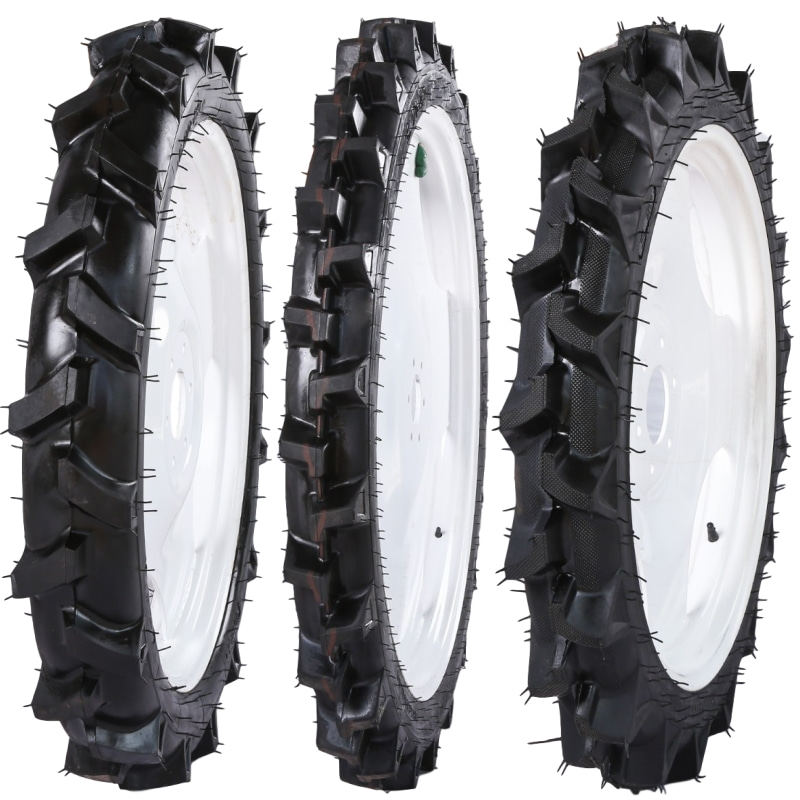
5.What is the impact of new bobcat tires material on performance?
We focus on innovation and continuous improvement to maintain a competitive advantage.
The material of a tire can have a significant impact on its performance. Different materials can affect the tire's grip, handling, and durability. Soft rubber compounds provide better grip and handling, but wear out faster. Harder rubber compounds provide less grip and handling, but last longer. The type of tire material used can also affect the tire's rolling resistance, which can affect fuel economy.
6.Why are there differences in new bobcat tires prices?
We have the leading technology and innovation capabilities, and attach importance to employee training and development, and provide promotion opportunities.
Tire prices can vary for a variety of reasons, including the type of tire, the brand, the size, the quality, and the retailer. Different brands may use different materials or have different features, which can affect the price. The size of the tire can also affect the price, as larger tires tend to be more expensive. The quality of the tire can also affect the price, as higher-quality tires tend to be more expensive.
Finally, the retailer can also affect the price, as some retailers may offer discounts or promotions on certain tires.
7.What is the lifespan of a new bobcat tires?
We maintain a certain amount of R&D investment every year and continuously improve operational efficiency to provide better services to our cooperative customers. The lifespan of a tire depends on a variety of factors, including the type of tire, the amount of use, and the conditions in which it is used. Generally, a tire can last anywhere from 25,000 to 50,000 miles.
8.About new bobcat tires, what is the quality warranty of BOSTONE tyres?
We warranty:
OTR tyres 2000 working hours;
Industrial tyres, Forklift tyres and Skid tires 2000 working hours;
Trailer tyres 1 year;
Bias truck tyres 50000 KM;
Agricultural tyres 3 years
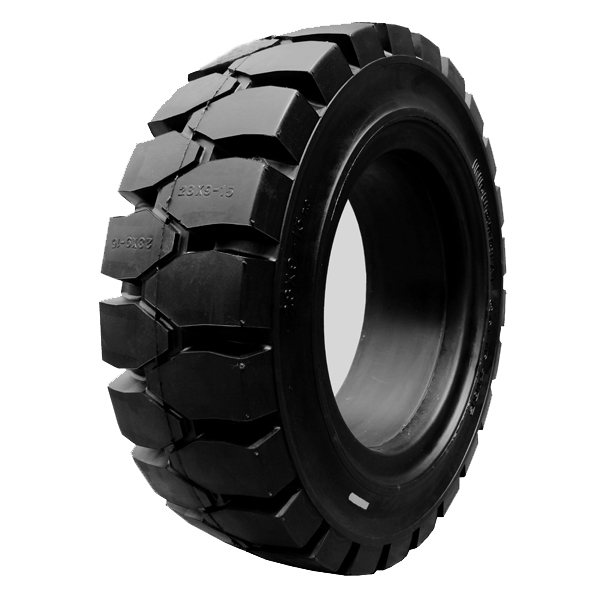
9.What factors are included in new bobcat tires specifications?
We are centered on customers and always pay attention to customers' needs for new bobcat tires products.
1. Tire size: This includes the width, aspect ratio, and wheel diameter of the tire.
2. Load index: This indicates the maximum load capacity of the tire.
3. Speed rating: This indicates the maximum speed at which the tire can be safely operated.
4. Construction: This indicates the type of tire construction, such as radial or bias-ply.
5. Tread pattern: This indicates the type of tread pattern, such as all-season, mud-terrain, or snow.
6. Tread depth: This indicates the depth of the tread pattern.
7. Sidewall markings: This indicates the type of tire, such as all-season, mud-terrain, or snow.
8. Maximum inflation pressure: This indicates the maximum pressure at which the tire can be safely inflated.
10.What is the impact of ground temperature on new bobcat tires?
We continuously upgrade our skills and knowledge to adapt to changing new bobcat tires market needs.
Ground temperature can have a significant impact on tires. In cold temperatures, the rubber in tires becomes harder and less flexible, which can lead to decreased traction and increased wear. In hot temperatures, the rubber in tires becomes softer and more flexible, which can lead to increased traction but also increased wear. Additionally, extreme temperatures can cause tires to expand or contract, which can lead to uneven wear and decreased performance.
11.How can the service life of new bobcat tires be extended?
We should perform well in market competition, and the prices of new bobcat tires products have a great competitive advantage.
1. Check tire pressure regularly: Make sure your tires are properly inflated to the manufacturer’s recommended pressure. Under-inflated tires can cause uneven wear and reduce the life of the tire.
2. Rotate tires regularly: Rotating your tires regularly helps to ensure even wear and tear on all four tires.
3. Avoid overloading: Overloading your vehicle can cause excessive wear on your tires.
4. Avoid aggressive driving: Aggressive driving can cause excessive wear on your tires.
5. Avoid potholes and other road hazards: Potholes and other road hazards can cause damage to your tires.
6. Inspect tires regularly: Inspect your tires regularly for signs of wear and tear.
7. Use tire sealant: Tire sealant can help to extend the life of your tires by sealing small punctures and preventing air loss.
12.What is the difference between an empty new bobcat tires and a new bobcat tires?
We are committed to providing personalized solutions and established long -term strategic cooperative relationships with customers. An empty tire is a tire that has been completely deflated and has no air in it. A tire is a tire that is filled with air and is ready to be used.
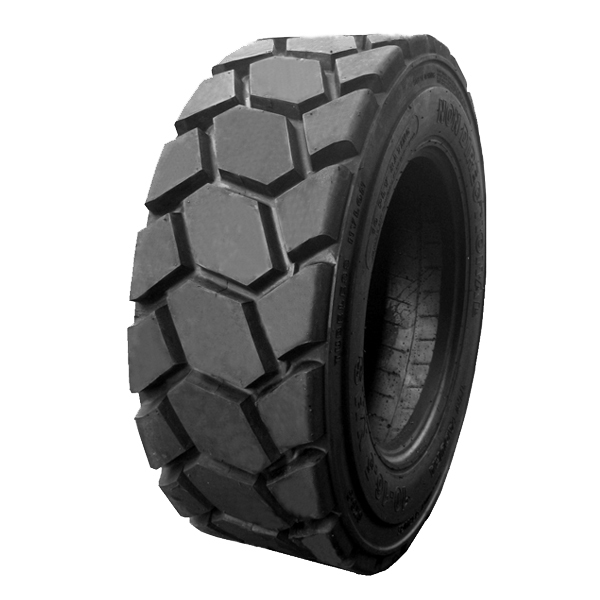
13.About new bobcat tires, how do you make our business long-term and good relationship?
1. We keep good quality and competitive price to ensure our customers benefit;
2. We respect every customer as our friend and we sincerely do business and make friends with them, no matter where they come from.
14.What material is the new bobcat tires made of?
new bobcat tires is not a product only, but also can help you comes to money-making. Most tires are made of rubber, steel, and nylon.
15.How do new bobcat tires handle elevation angles?
As one of the new bobcat tires market leaders, we are known for innovation and reliability.
Tires handle elevation angles differently depending on the type of tire. Generally, tires with a higher profile (taller sidewalls) will handle elevation angles better than tires with a lower profile (shorter sidewalls). Tires with a higher profile will provide more cushioning and grip on uneven surfaces, while tires with a lower profile will provide less cushioning and grip. Additionally, tires with a more aggressive tread pattern will provide better traction on steep inclines.
Tags:farm tractor tires and tubes,gotrax solid tire replacement,mrf tractor tyre,trelleborg agricultural tyres